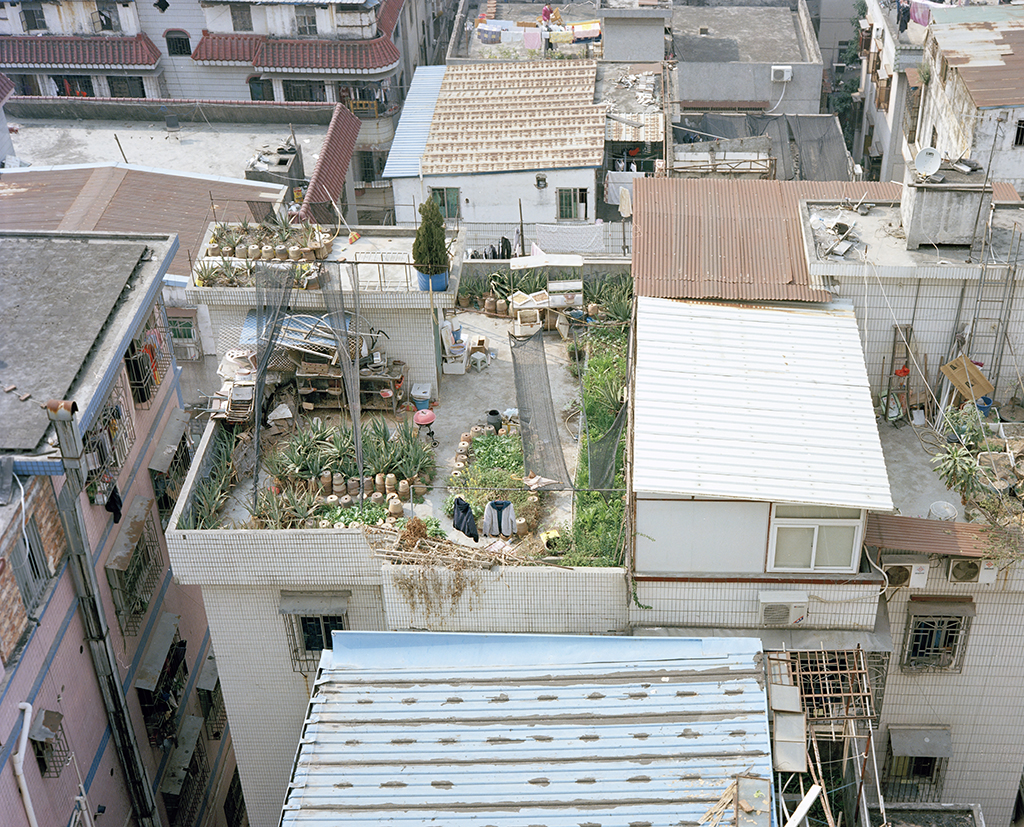Today after a short break we are presenting the photography of Xuecong Lin. Just as before this short piece, an introduction to his work, will initiate a series of this week’s posts: first an interview, then an opportunity to showcase one project and finally a selection of one photo picked from the images published during the whole week, which will be later printed on a t-shirt.
Xuecong Lin is a freelance photographer from Shenzhen, China. He belongs to the current of artists deeply interested in the flow of time, the nature of change and its effects on human memory, a very complex topic that could leave some of us overwhelmed. Luckily for the less analytical of us, the way he approaches those themes is simply beautiful and accessible. His images have a certain contemplative silent quality to them, allowing the viewing audience to slowly and gently ease into the subject matter.
His latest project, an ongoing piece entitled ‘Margin’, takes us on a tour to witness the development and transformation of the southern coastal line of China, a place where he was born and grew up. Straight away we are faced with the unstoppable change of the safe, known territory happening in front of our eyes. I guess it helps that the images themselves are full of beauty and space, vast airy blue of the water, deep dark greenery and hazy greys of the sky. The contrast of the straight line of the coast with the natural curves of the mountains enveloped with clouds and mist, the human presence obvious but somehow at home and seemingly integrated is a far cry from the cold and precise Dusseldorf school – the image is full of quiet love and tenderness, hopelessly romantic in its beauty, the vast distance being a translation of space into time.
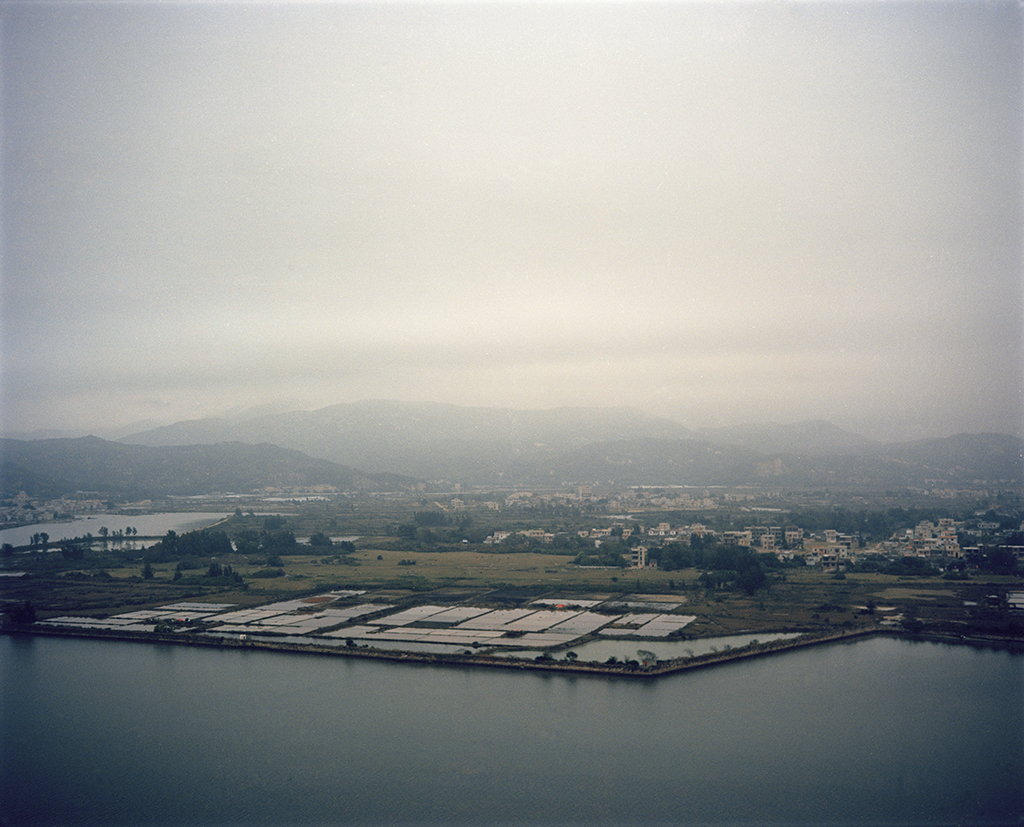
This very dark image is so attractive it’s impossible not to get caught in it. The gigantic tower blocks seem to be eating up the sky, leaving just thin purple stripes between them. Such a power, like a sleeping beast, a black panther from Rilke’s famous poem.
“His vision, from the constantly passing bars,
has grown so weary that it cannot hold
anything else. It seems to him there are
a thousand bars; and behind the bars, no world.”
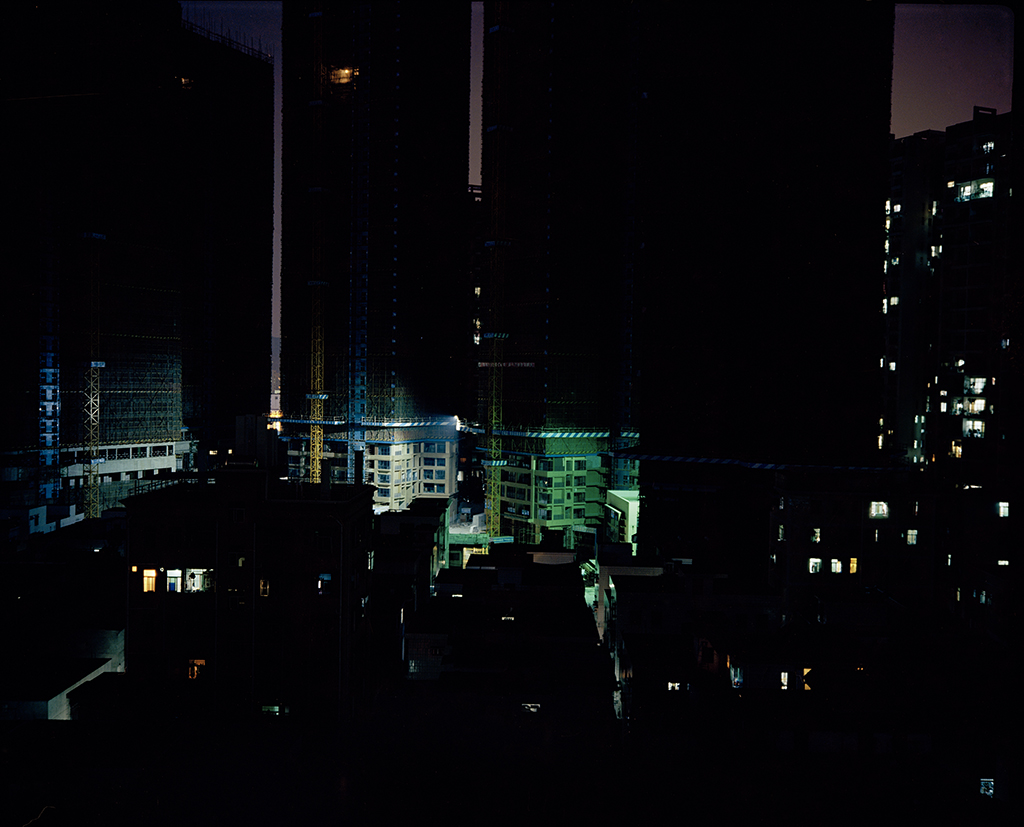
I really like Xuecong’s ability to suddenly jump between grand scenes to a single object or a small detail in the same project, without breaking its flow. The abandoned armchair on a skip is a universal expression of a change of direction, an old way of doing things replaced by something different. Here the precision and clarity of vision come in stronger, but the melancholy is not yet gone.
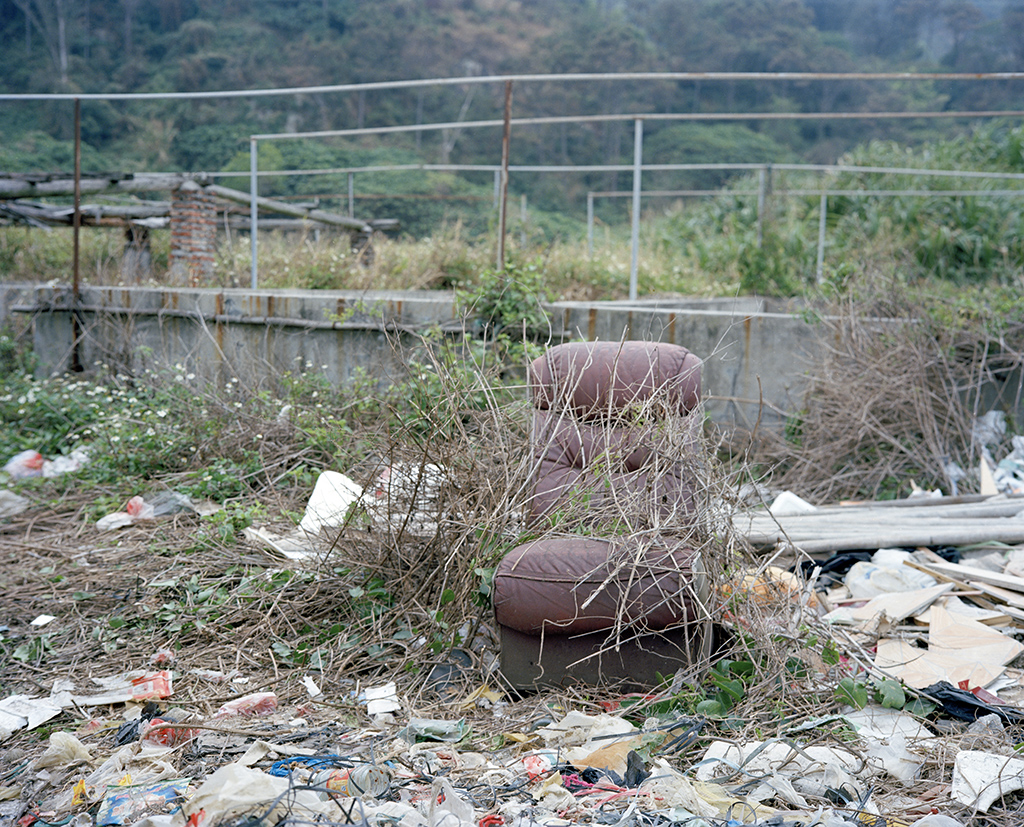
I adore the red light on the power socket in this simple still life, without it the scene would be rather dead, with it you can feel the energy silently pulsating through the appliances that make the daily life happen for us. This level of precision combined with the warmth of the approach is something to truly admire in an artist.
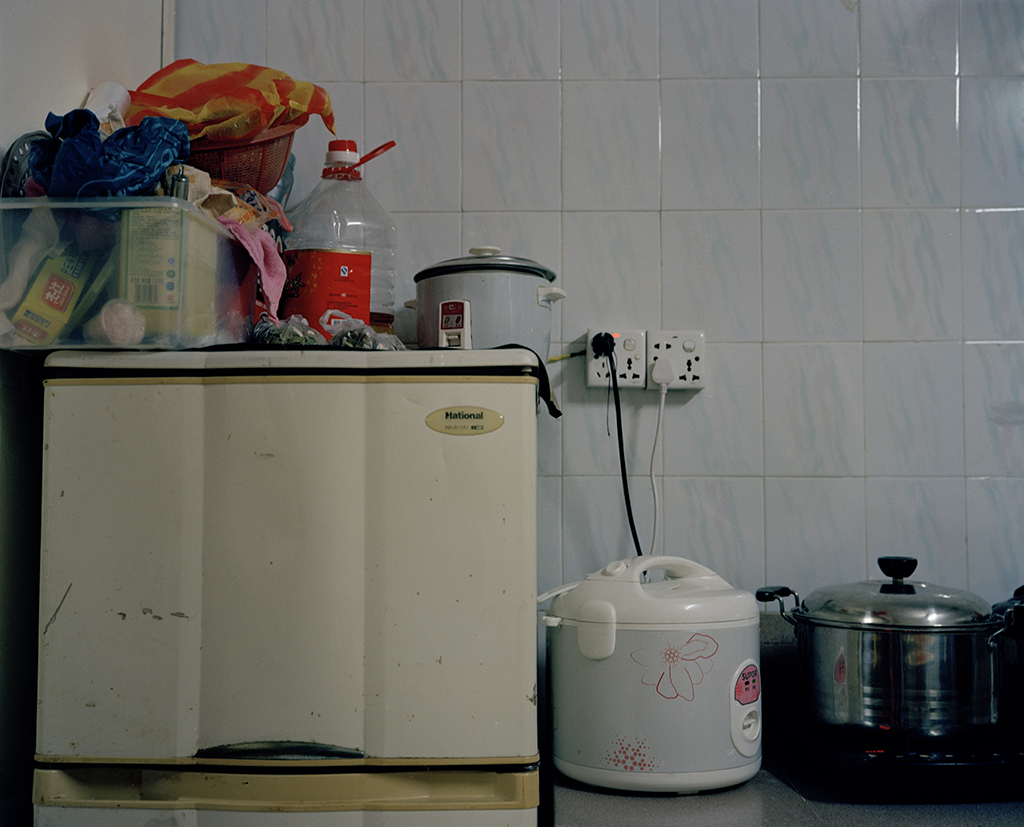
If you want to compare the vast spaces of Xuecong’s grand views to a river of time, those little intimate details would be the cute pebbles you put in your pocket and take home with you.
This scene with a sculpture of (what I can only assume is) a sage sitting static directly over a mirror on a wall is a great representation of the ‘constancy of change’. There is so much peace and silent acceptance of fragility of the current moment in this shot. The figure on the rooftop, covered in majestic gold (the colour of gods) pondering over the world. I would also say this is as close to a self-portrait as we’re going to get in Xuecong’s work. Again, the detail of the wire coming into and going out of the frame is such a brilliant gentle touch, like thread of time linking the present with the past and the future.
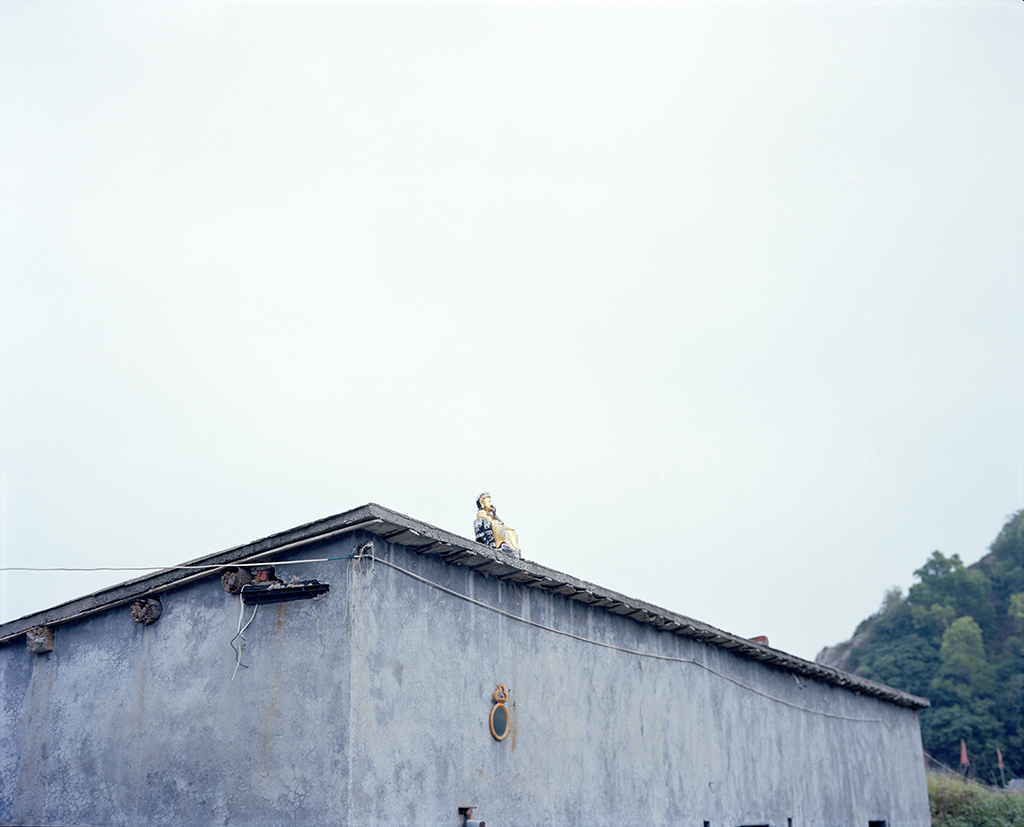
Then there are those simple, central, almost altar-like still lifes, where a single object takes our full attention. This brilliant red piece of clothing casually thrown over the chair is again pure energy contained and resting still for a moment, but ready to run away in a blink. The marks on the wall are a brilliant contrast, not only (but of course also) because of the complementary colour palette.
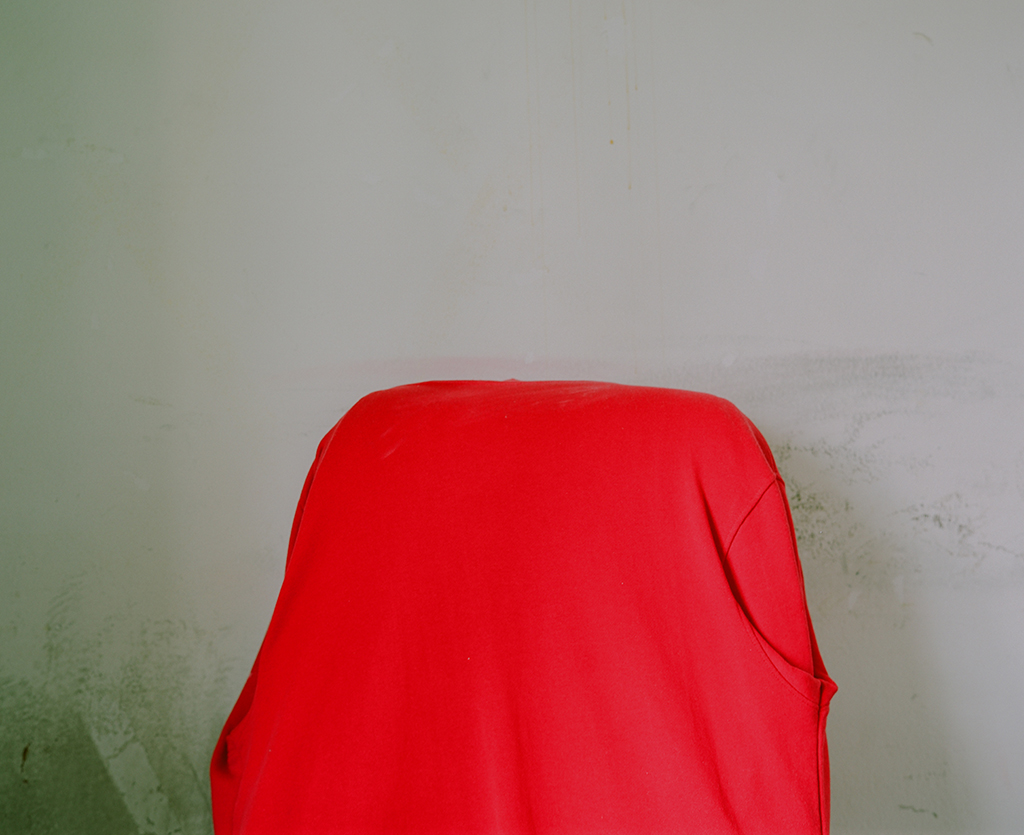
The simplicity of the broken vase, with shards of glass still inside and what seems to be a dry flower, is again structurally based on the contrast of the gently flowing blue curtains, made even more ethereal by their half transparency and the rigid stiffness of the glass. Another contrast that makes the image work graphically is the strong black base and the concentration of light just next to it. What I read in this scene is a meditation on the ever present, invisible force of time breaking all forms, requiring us to be flexible and flow with it. A very Buddhist perspective, at least to my lay thinking.
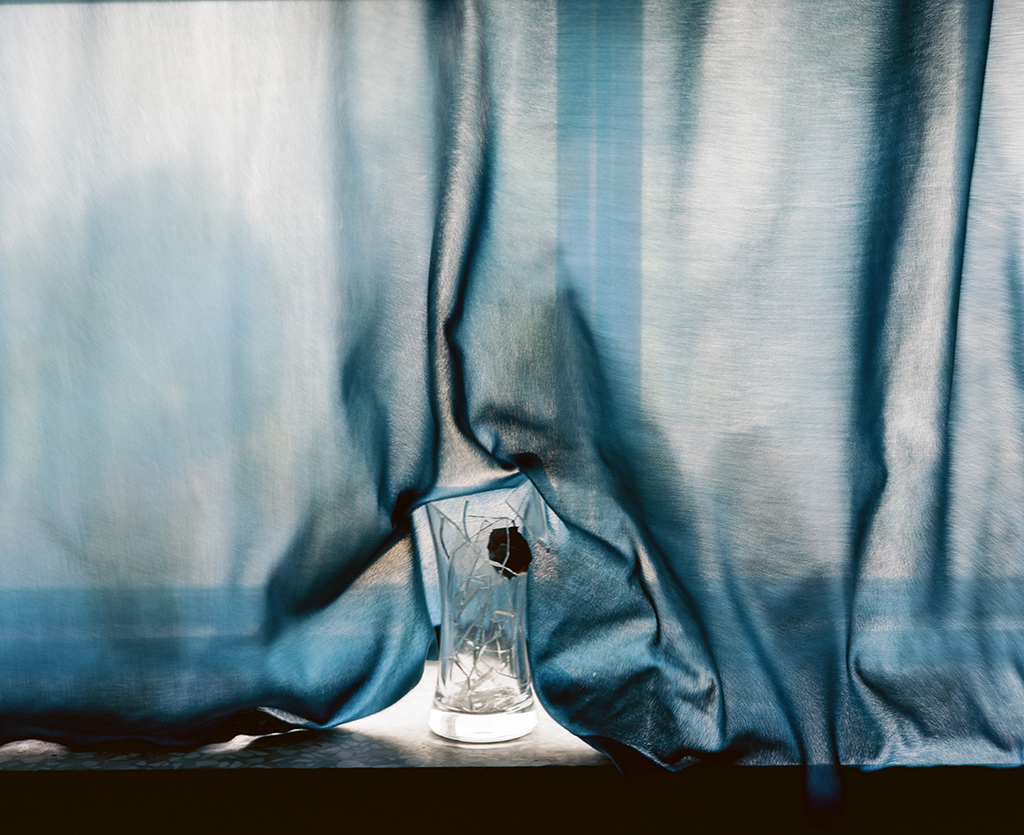
What makes this next image different from say Egglestone or Parr, who both deal with cute melancholy of the suffocating kitsch, and also used multi layering (here we have a photo of a photo, of a mirror reflecting more photos hanging presumably behind the photographer, so in a way, behind us viewing it, and so trapping us inside the image realm – again very Buddhist in its philosophy) is again the detail of the red lights of the power surge in the background, literally charging the scene with potential. This non-judgmental acceptance, a lack of critical cynicism being replaced by embracing understanding is another, and a rather crucial difference between Xuecong and the mentioned Western masters. Not to say they don’t love their subjects, as they obviously do, dedicating their lives to them. The shade of love is different though. I hope you know what I mean.
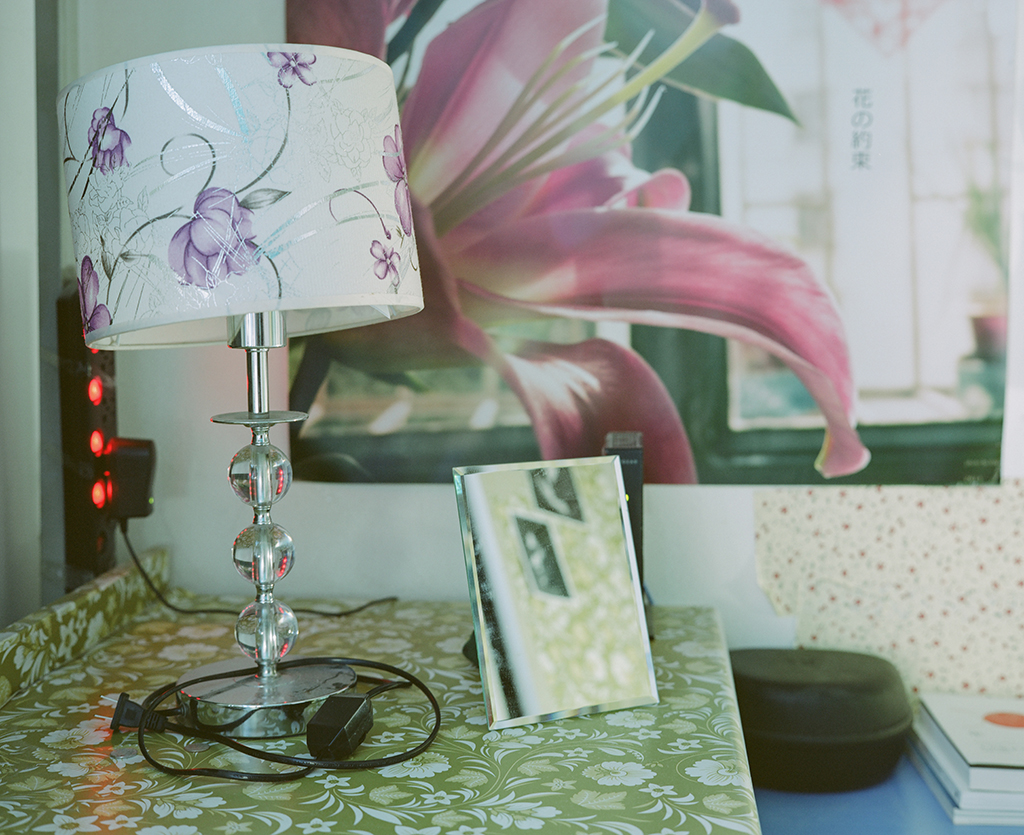
Xuecong’s older, black and white work is still interesting and worth going through, however I can’t help but notice the difference – he developed his vision a lot more completely in the more recent colour period. Having said that, there is something palpable in the old work, like a seed of the things to come already shining through. The empathetic images of animals, or the couch preceding the abandoned armchair, it is an interesting exercise to compare the early stages to the one we now appreciate as the default, it makes one fully aware of the great distance traveled within the work itself.
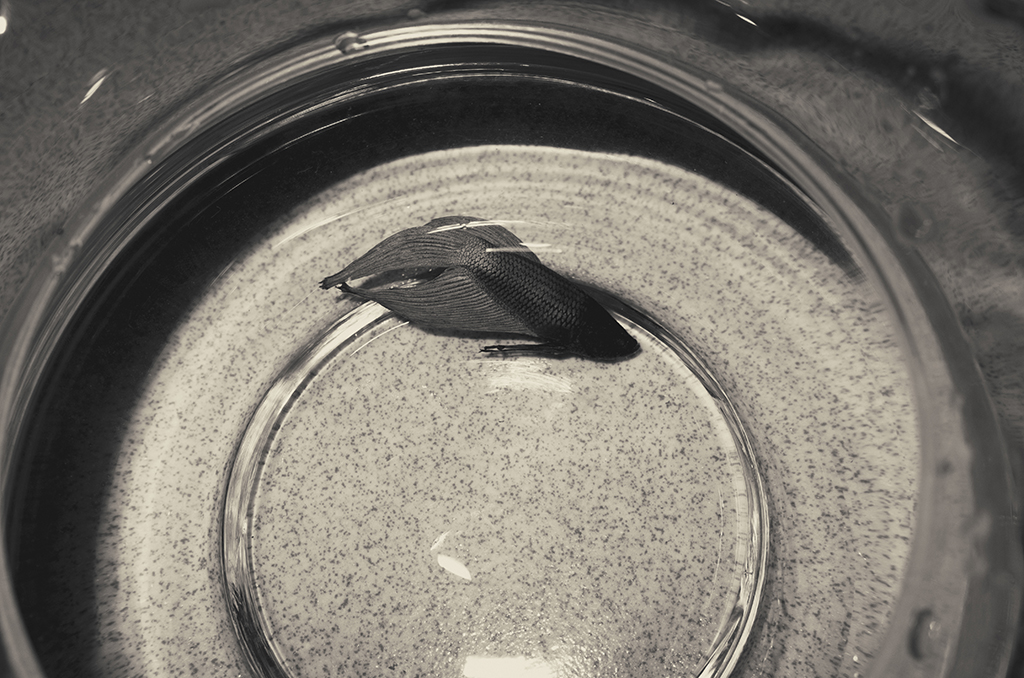
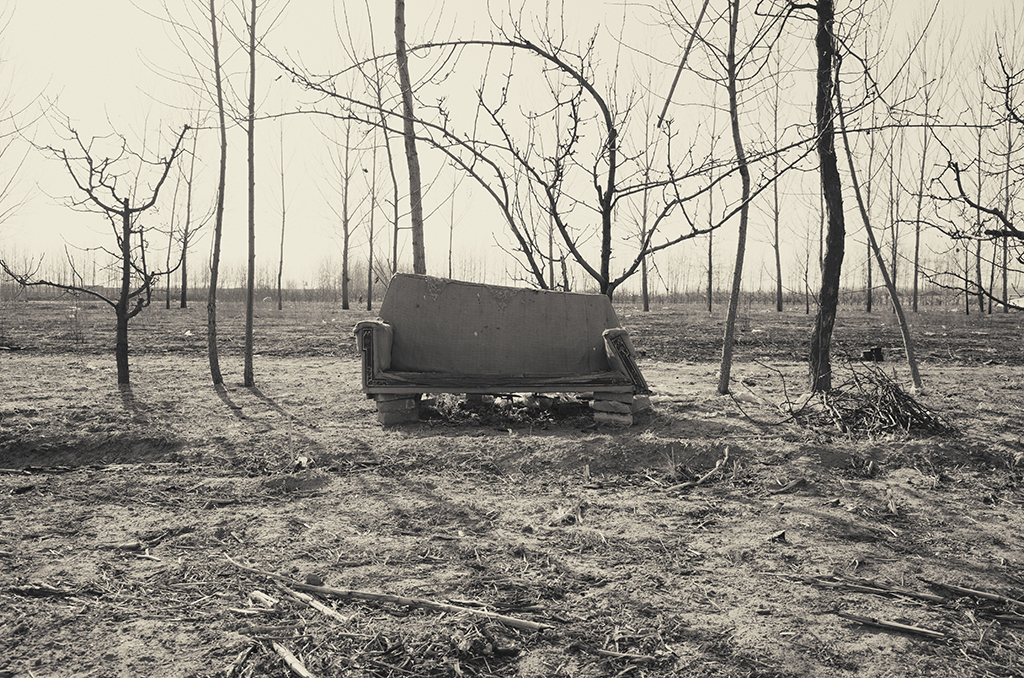
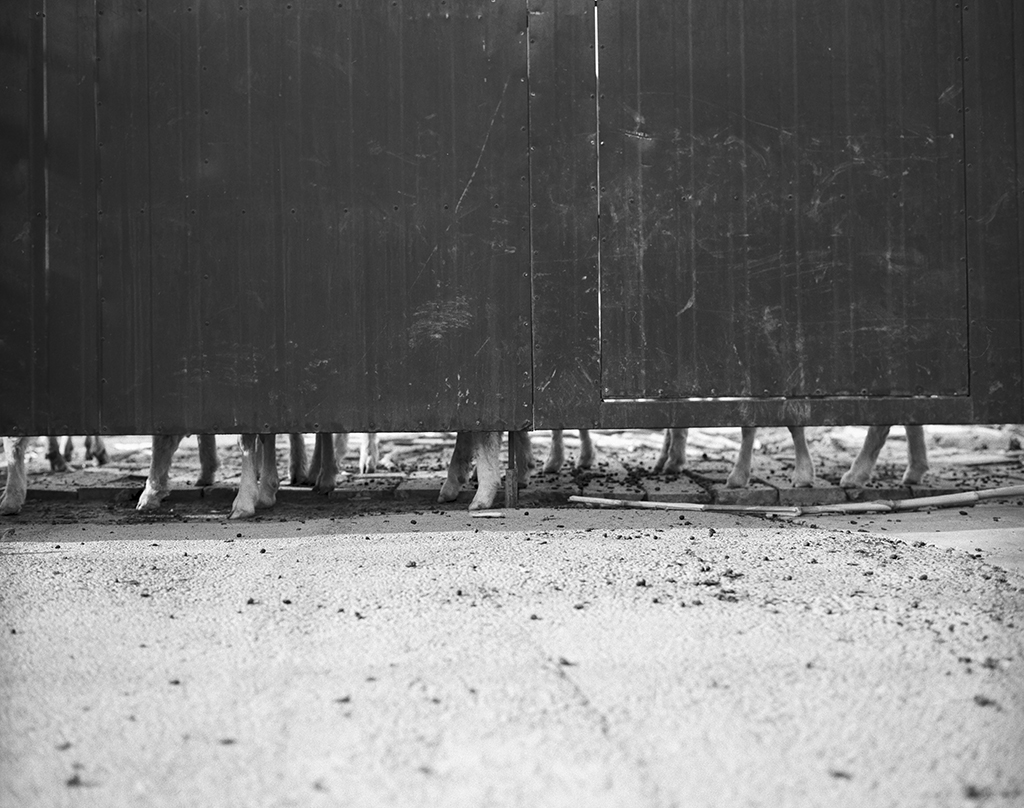
I would like to finish with another of Xuecong’s great vistas – and yet another image based of the contrast of the tiny detail making all the difference – this ship on the horizon needs no commentary from me. It may very well be our favourite image in the set. I hope you enjoyed the work and my reading of it as much as I did immersing myself in Xuecong’s world.
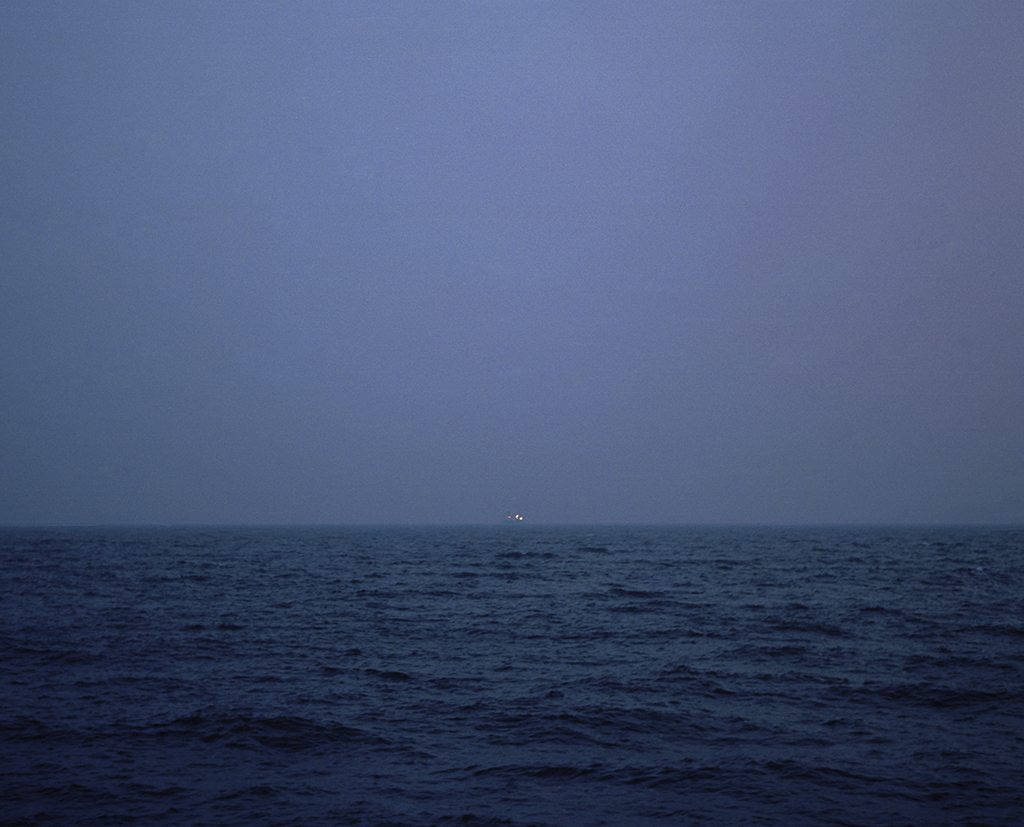
Stay with us for more of Xuecong Lin’s photography. Also you might want to check his website to find out more about his work.
Share this Post
Recent Posts












